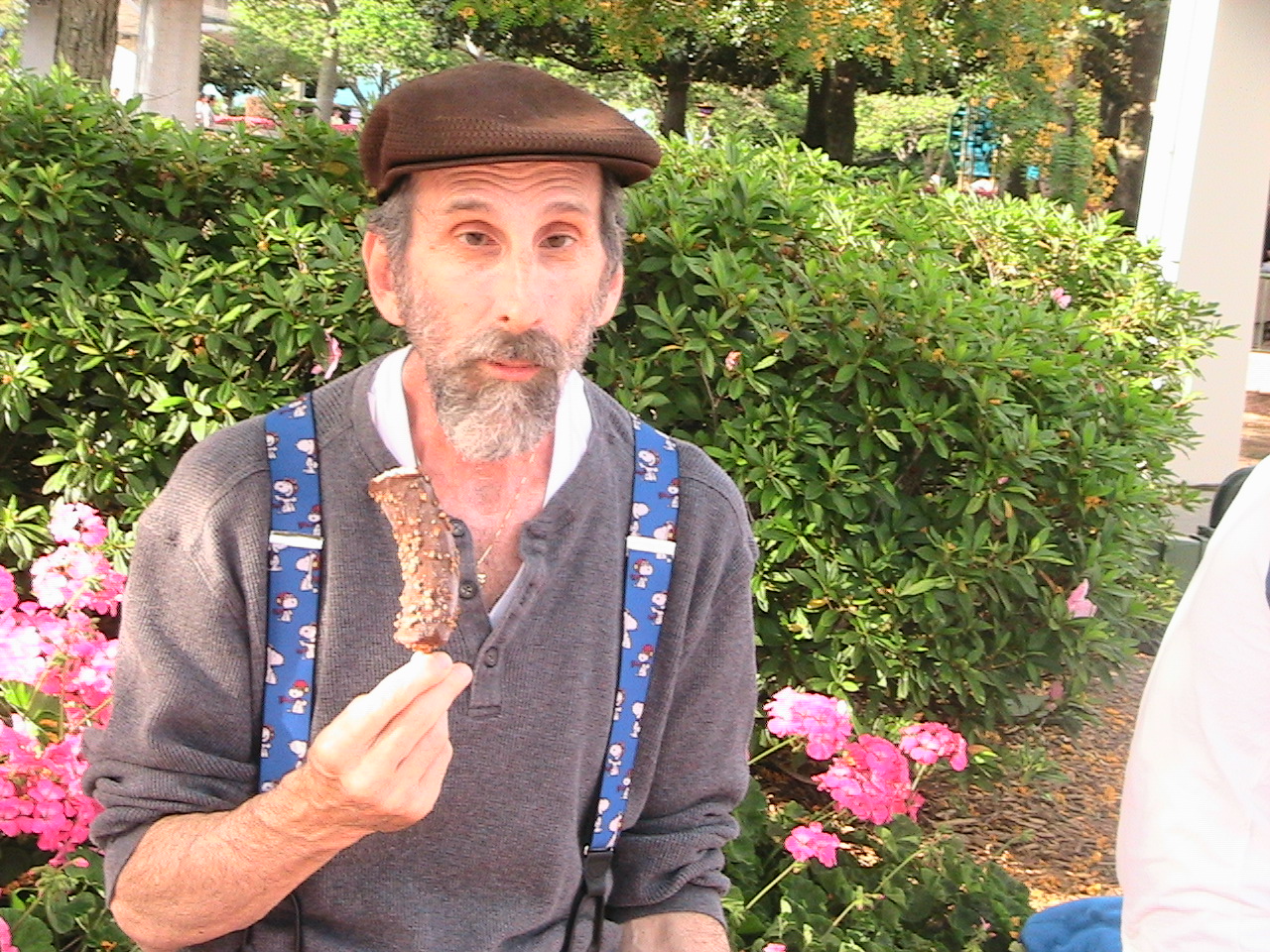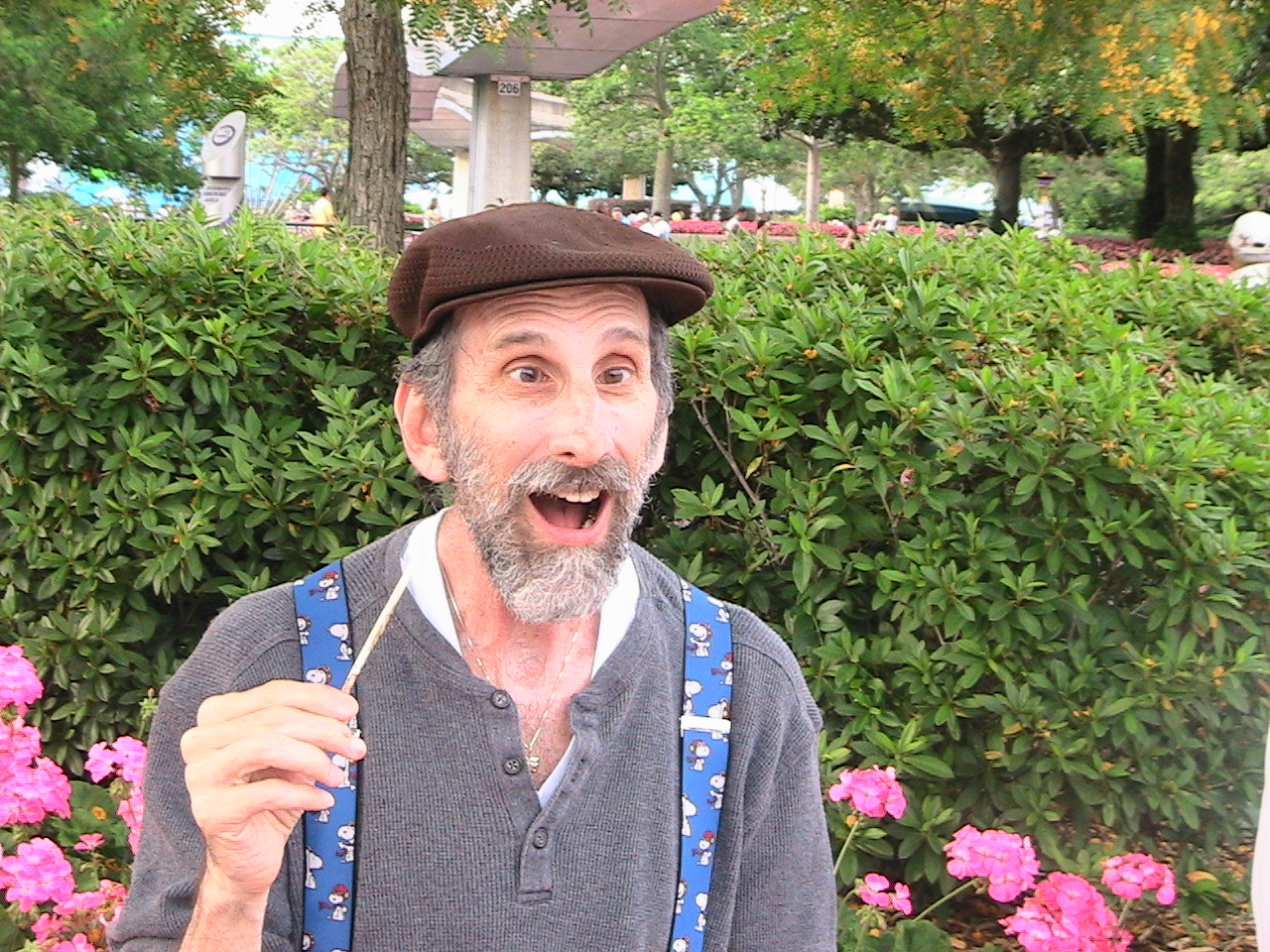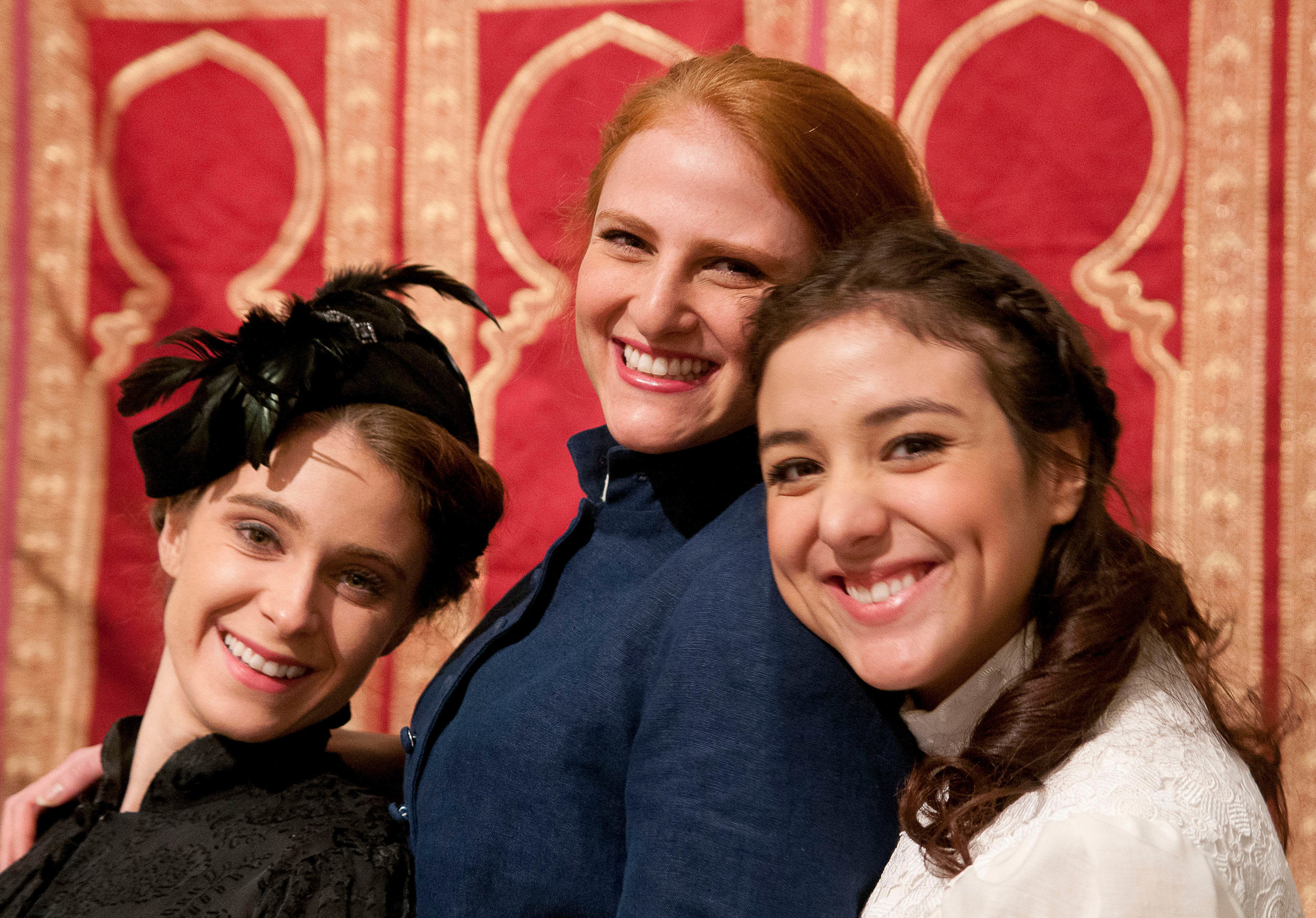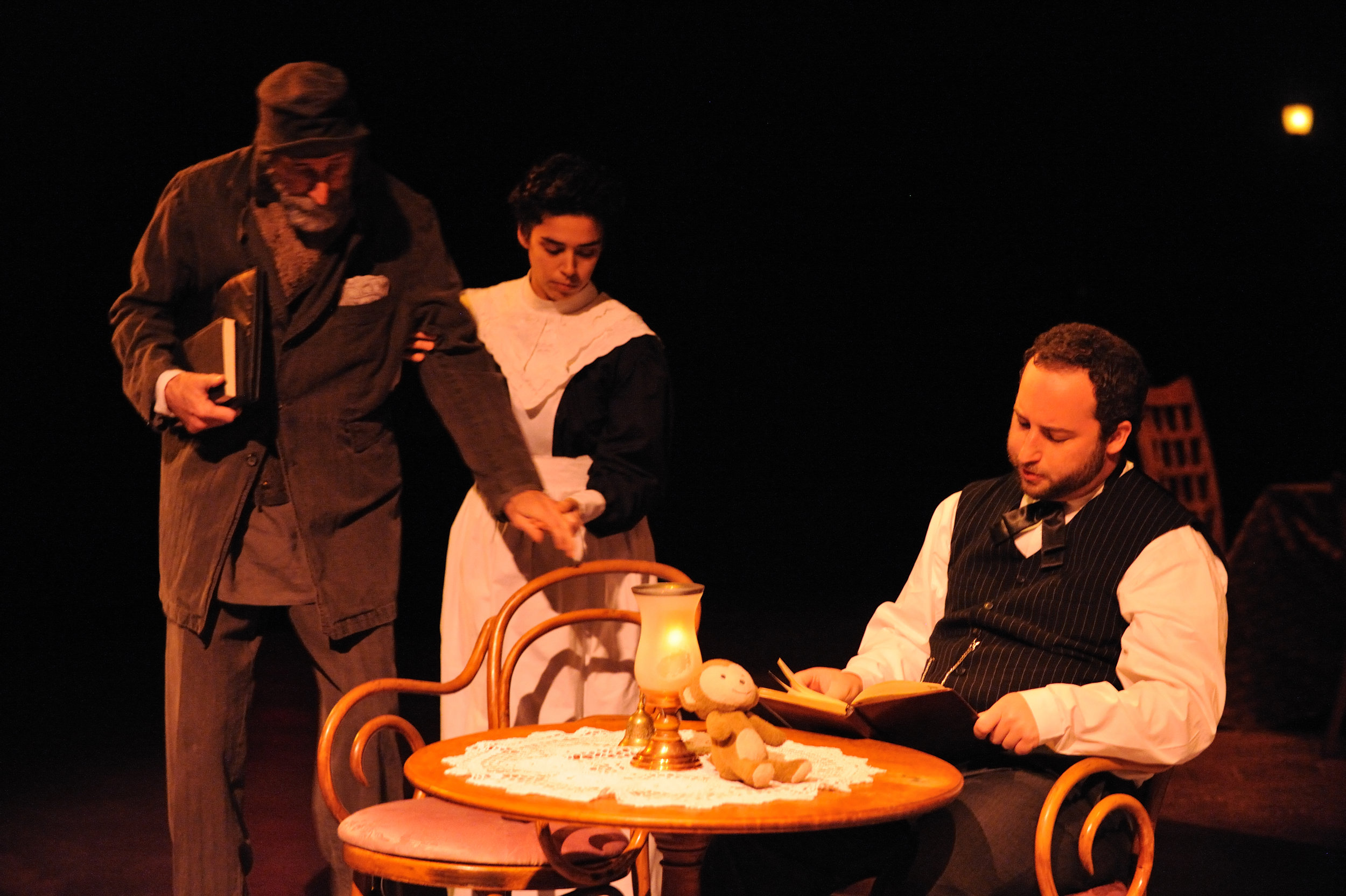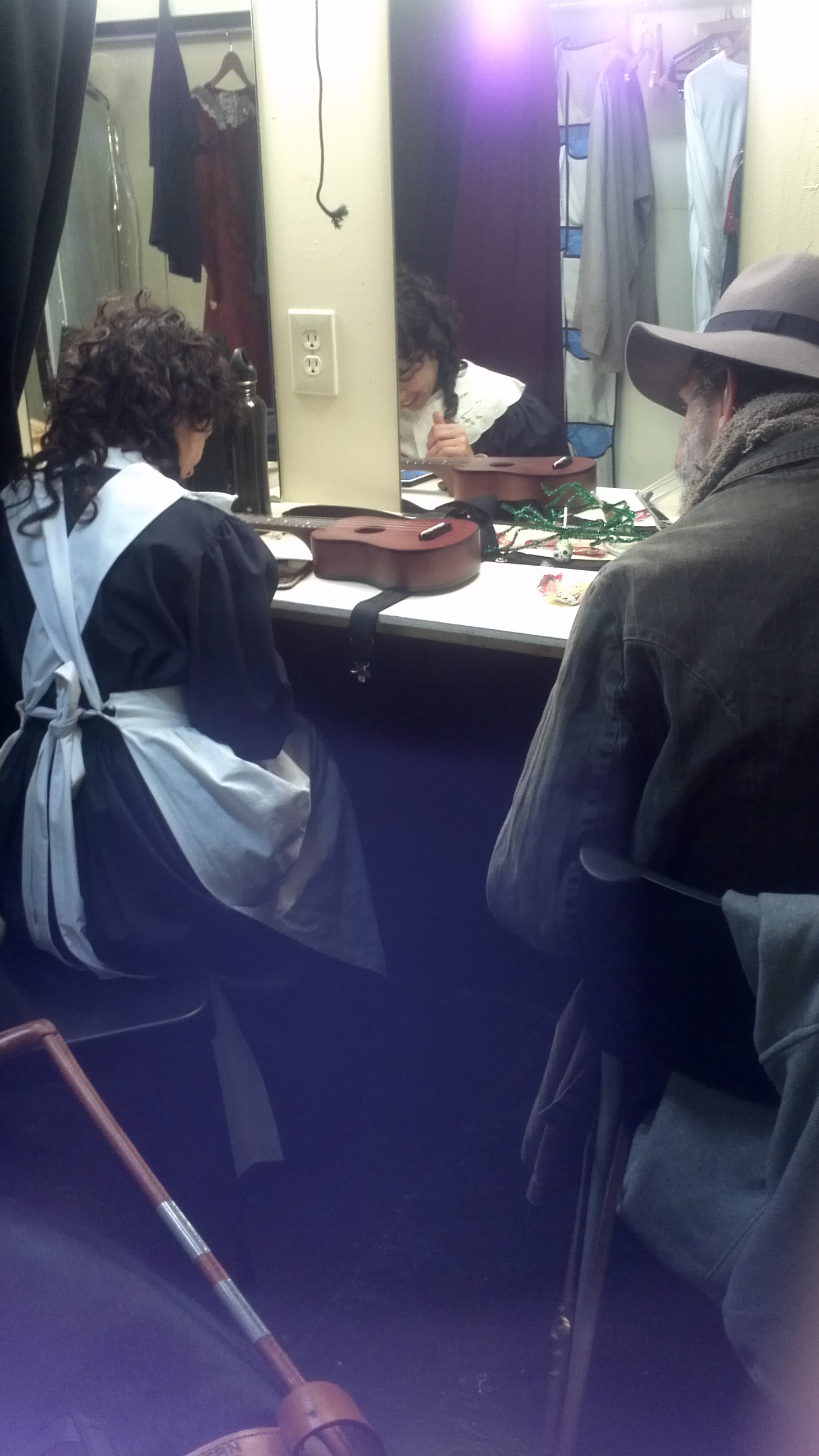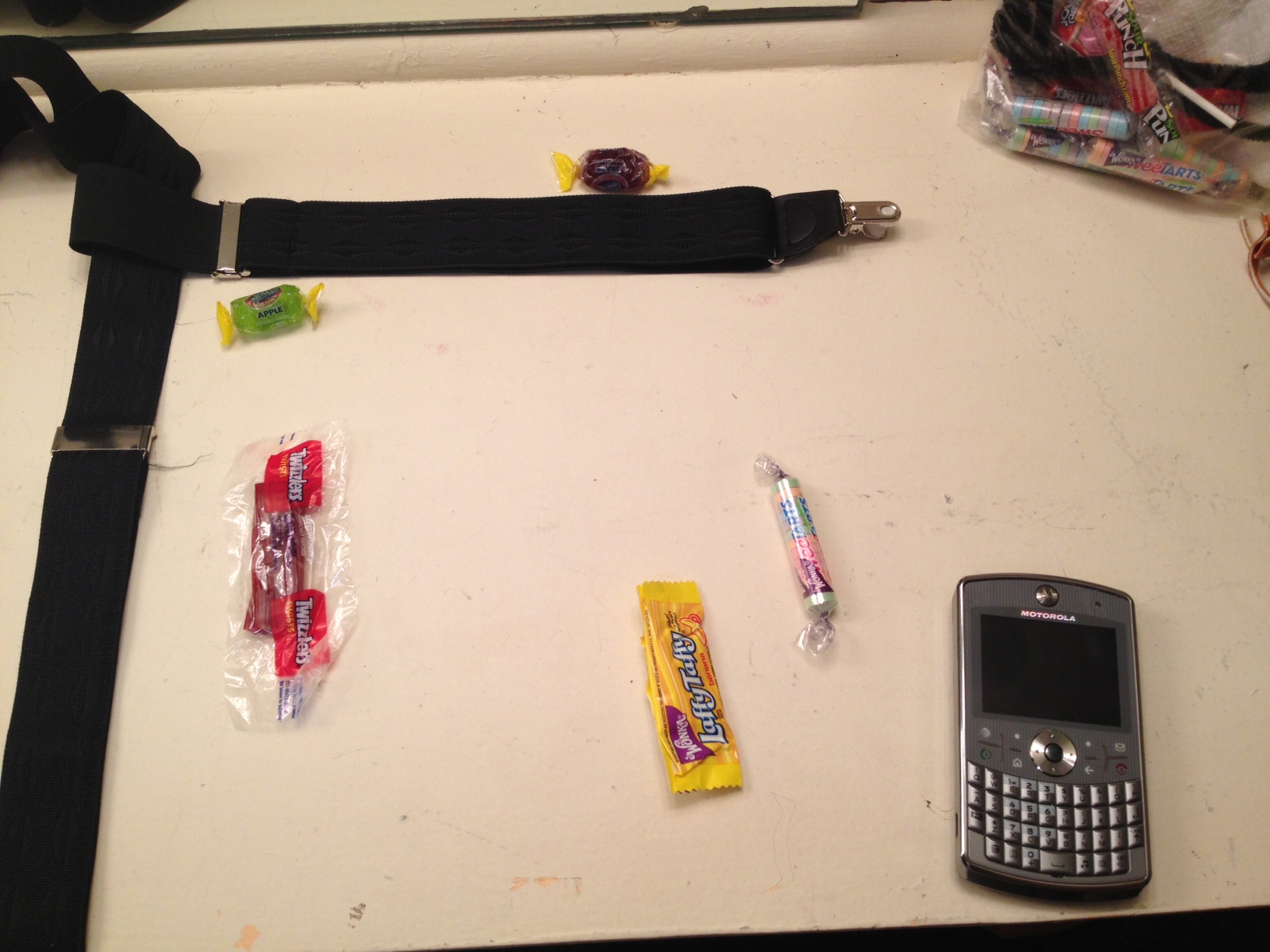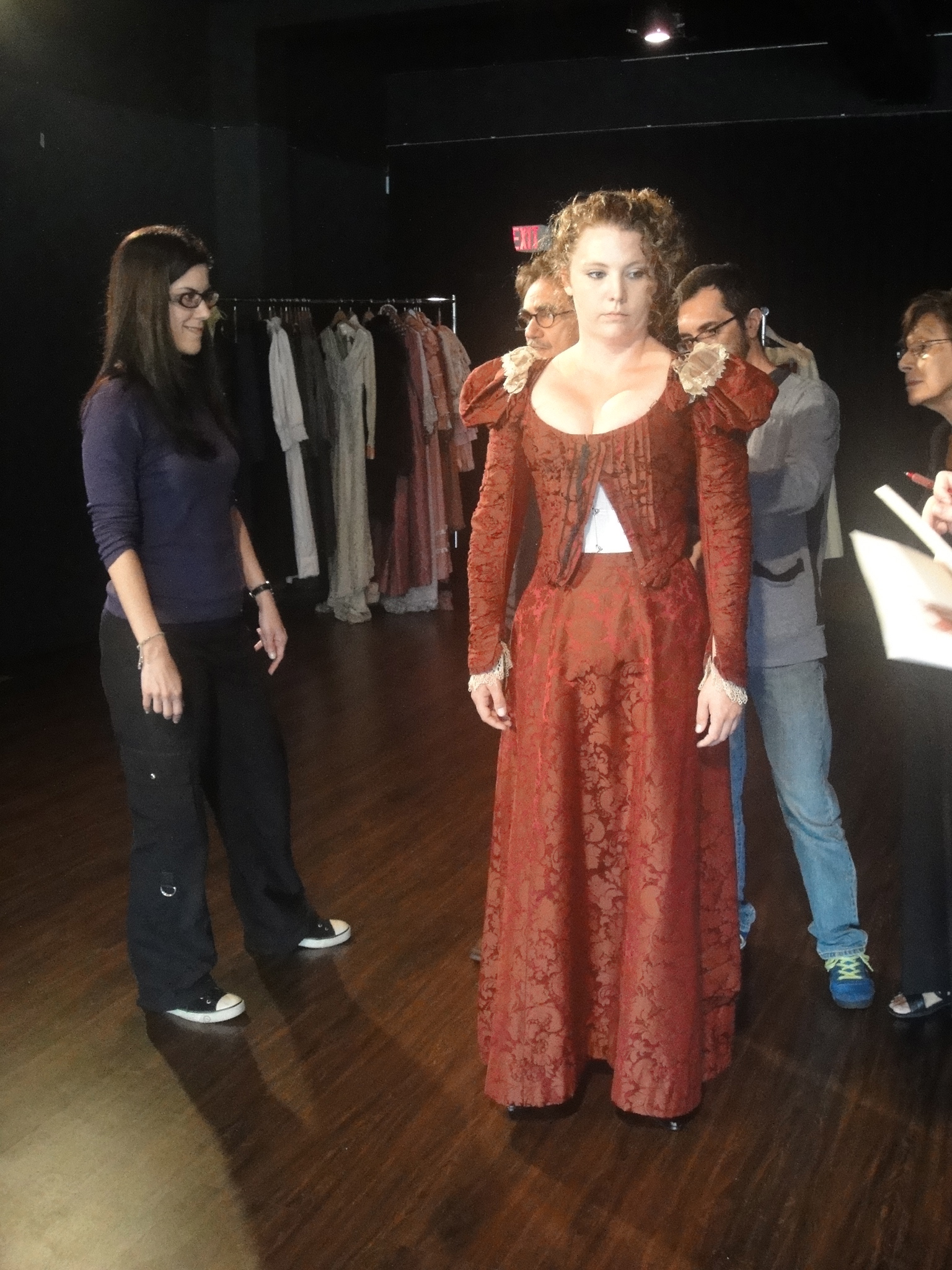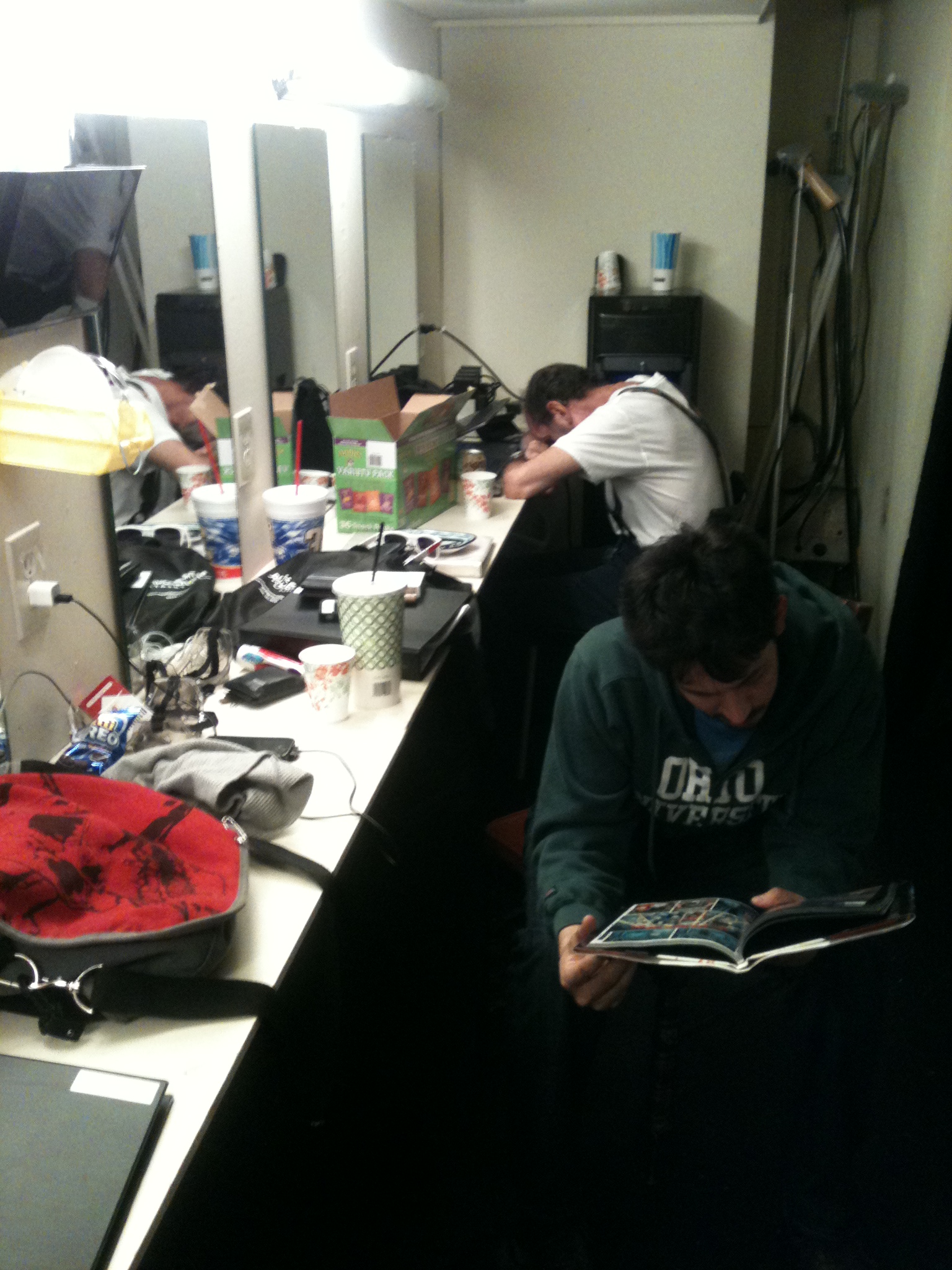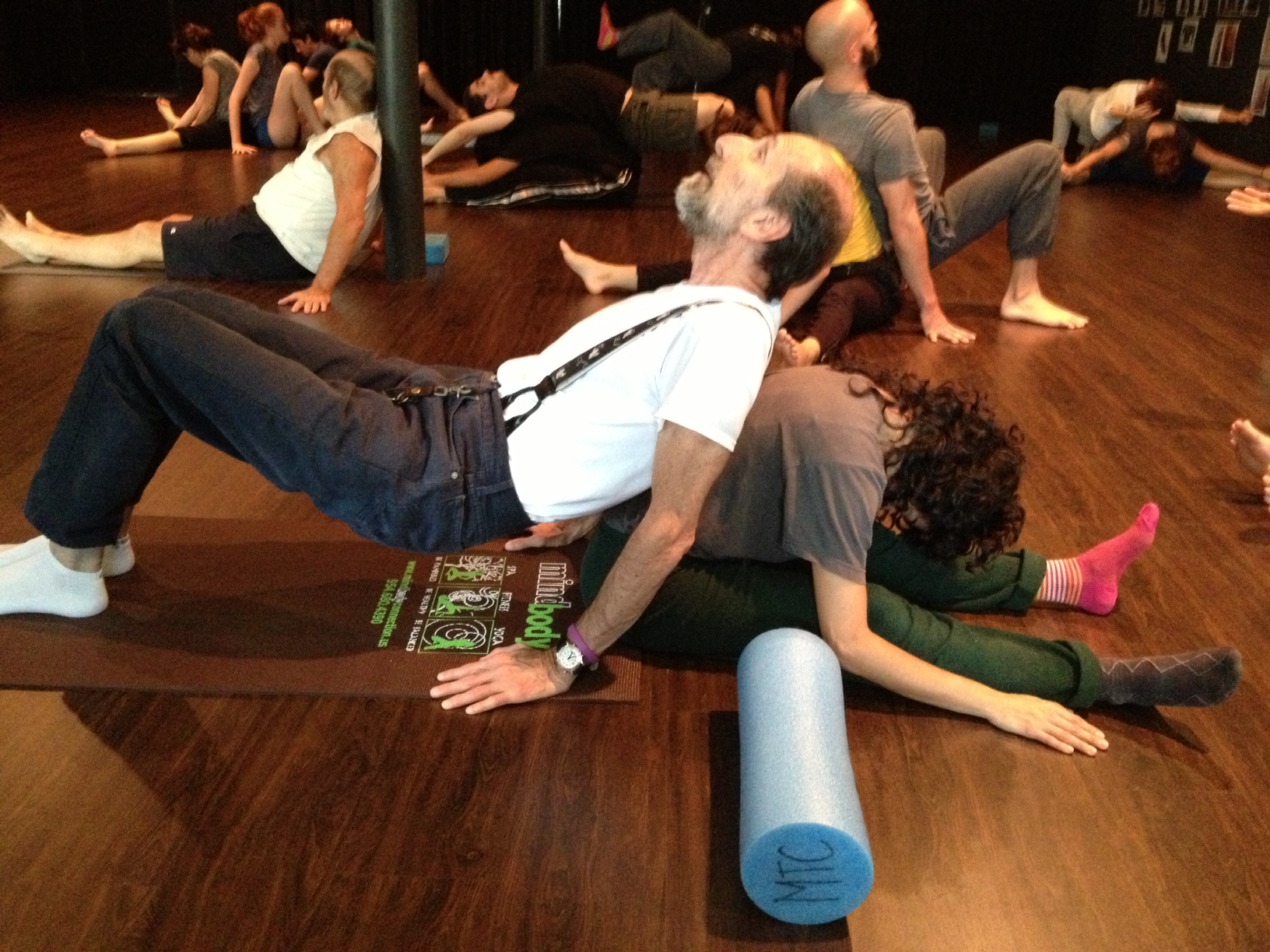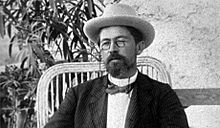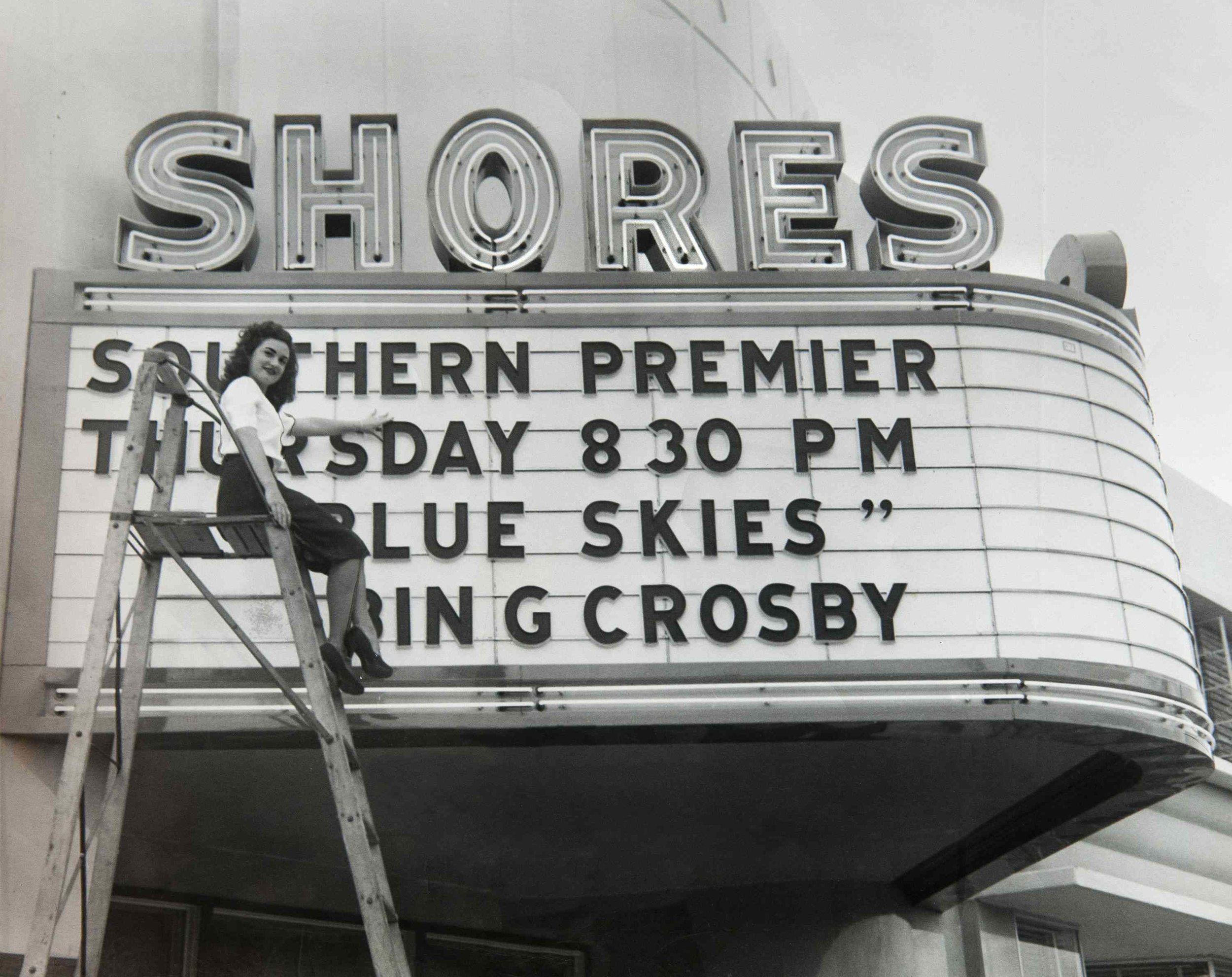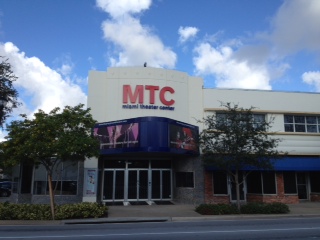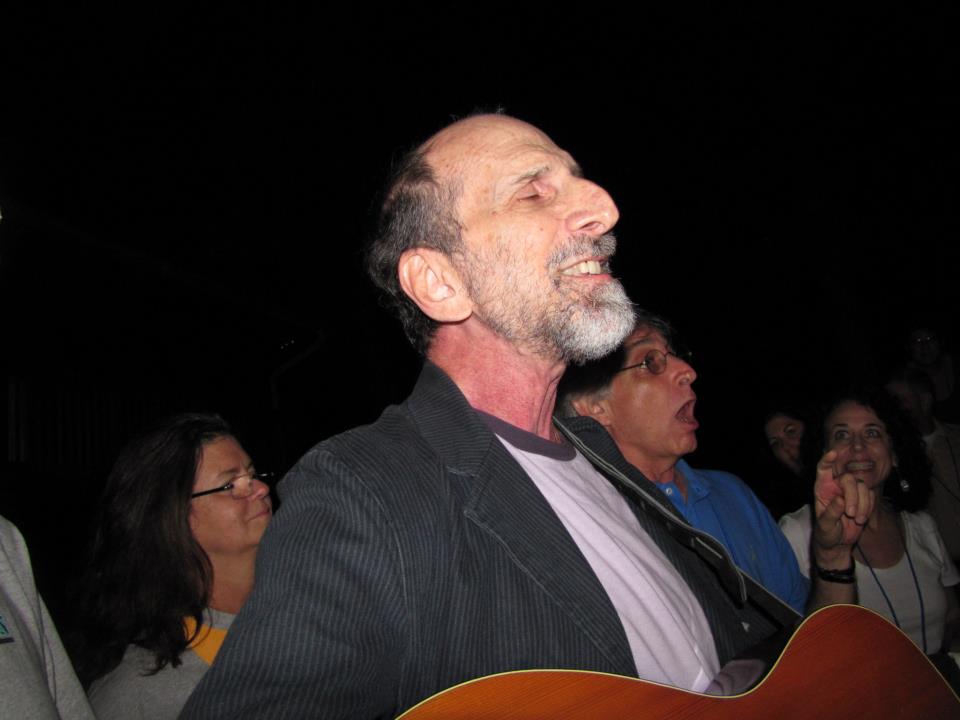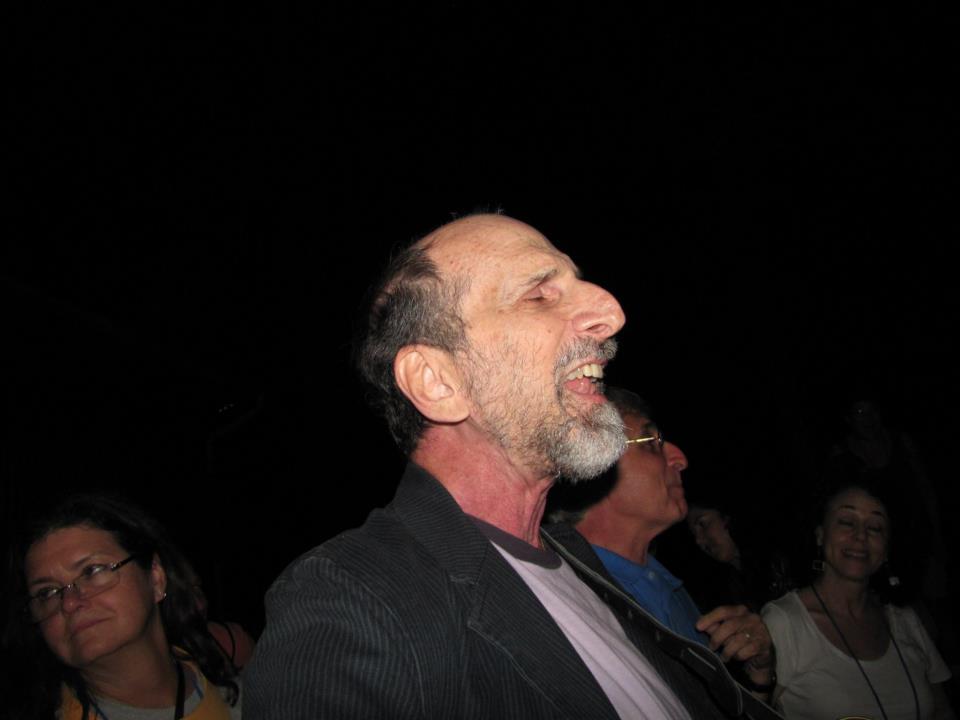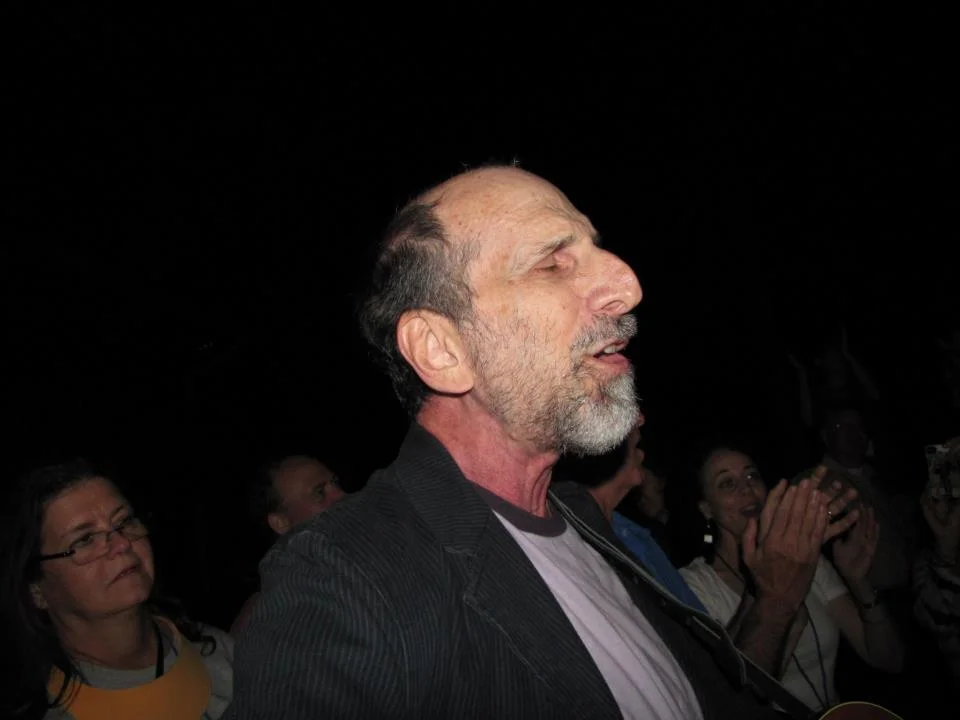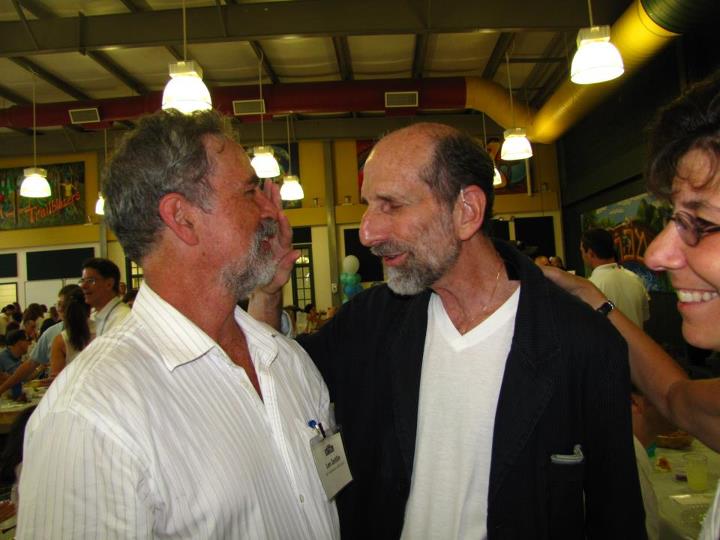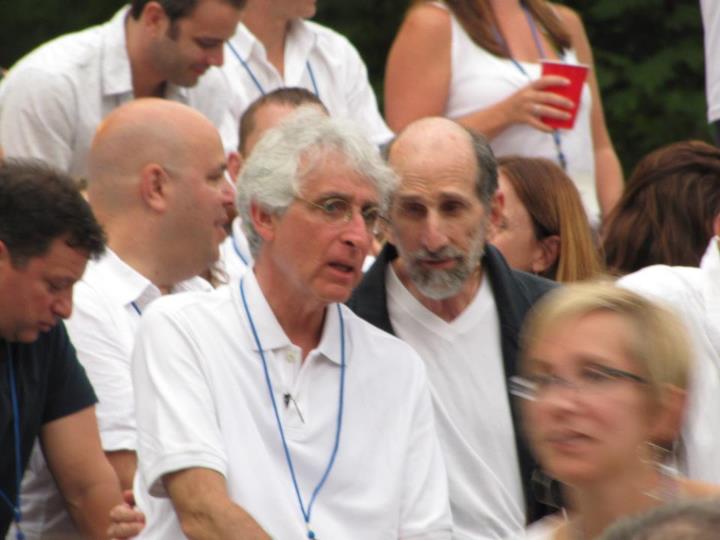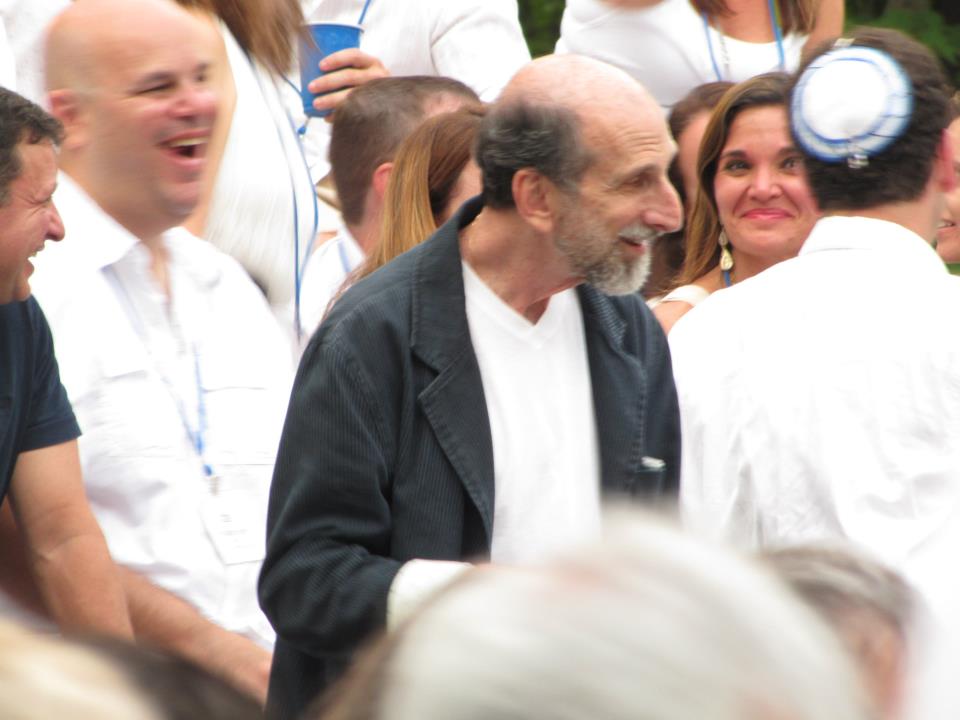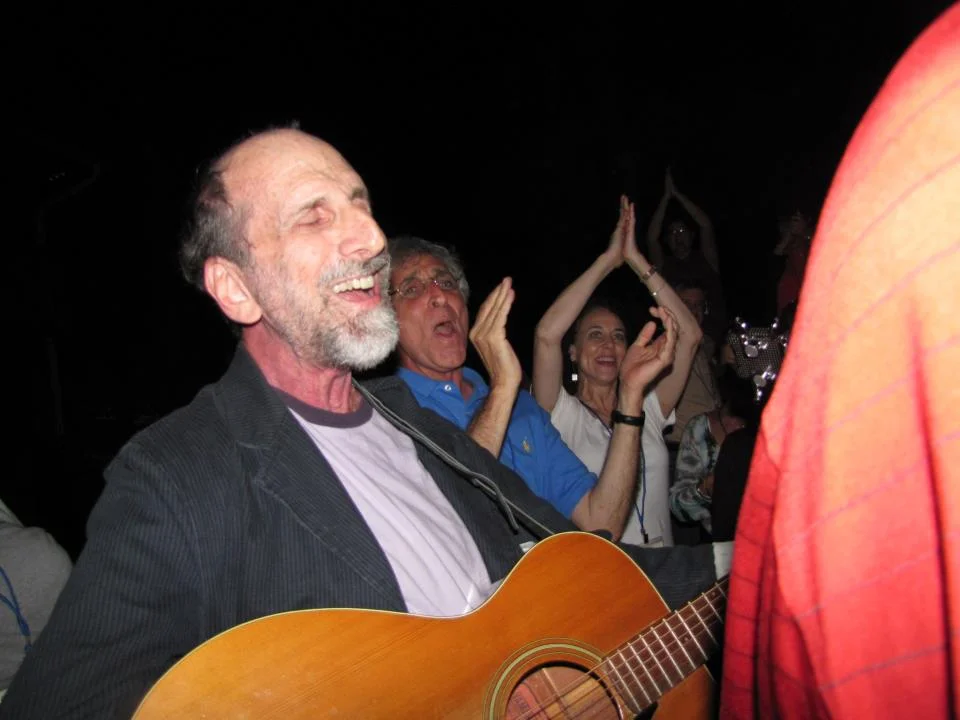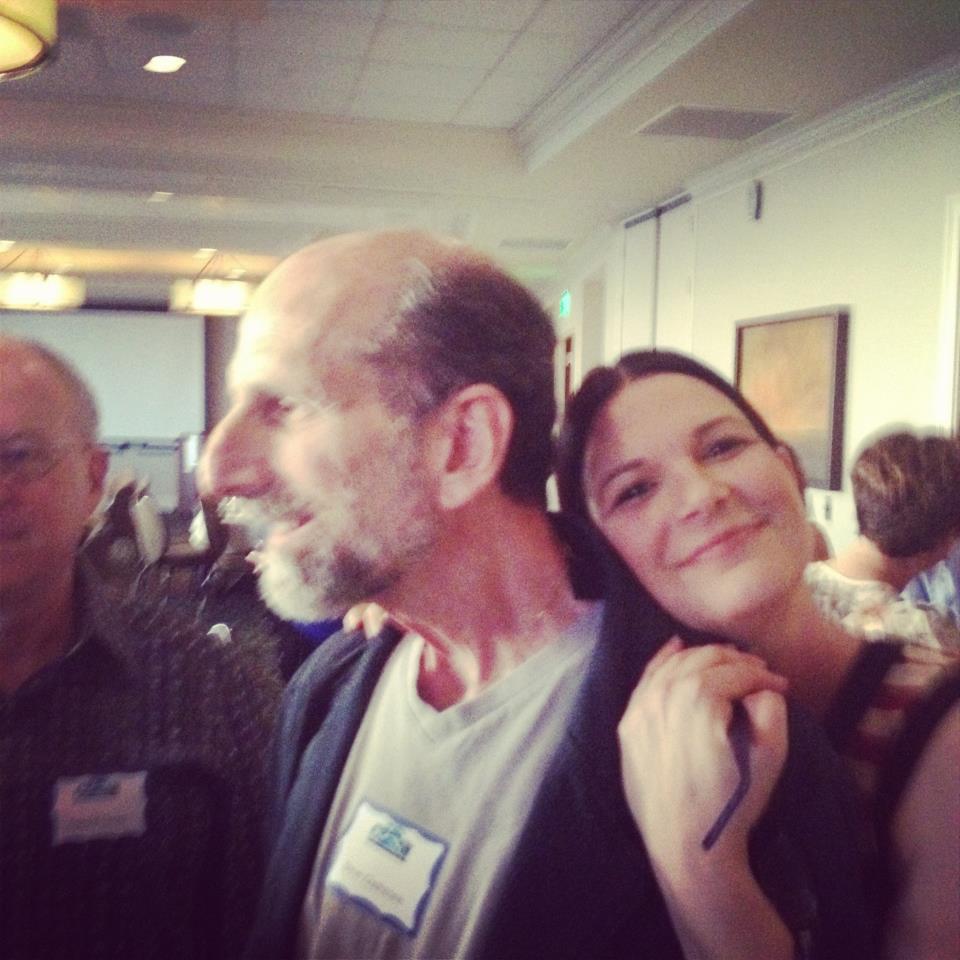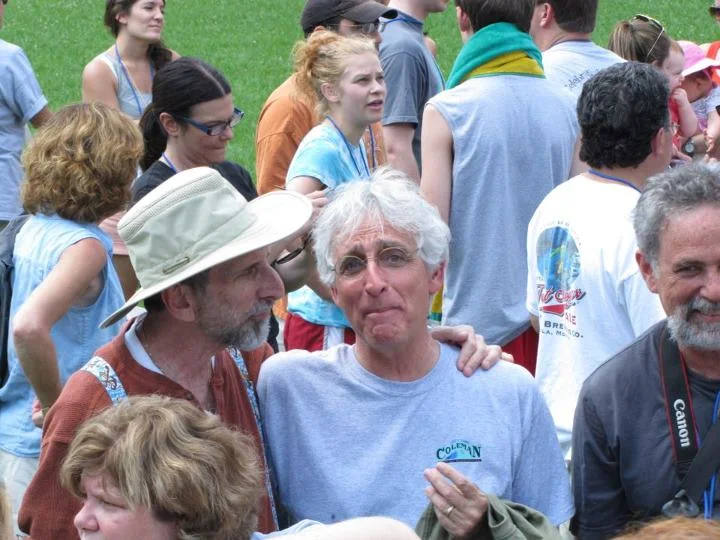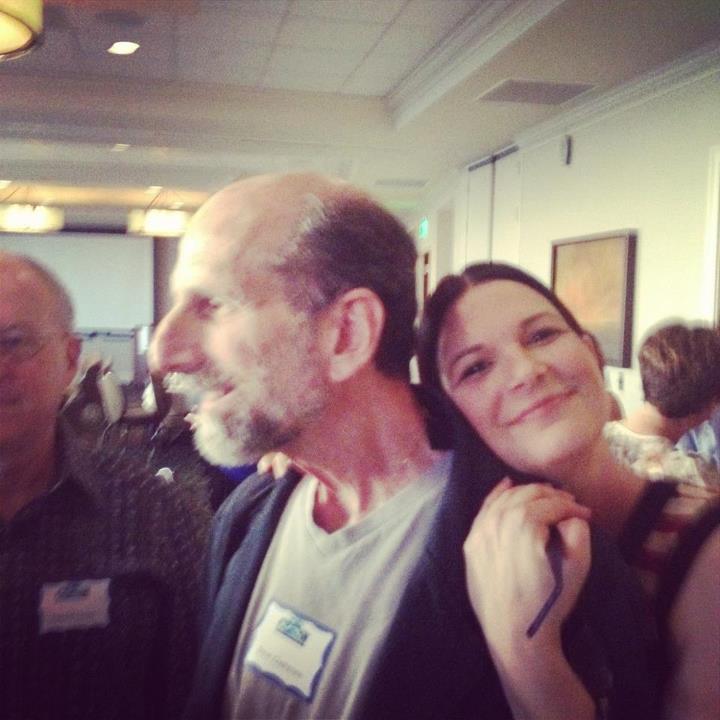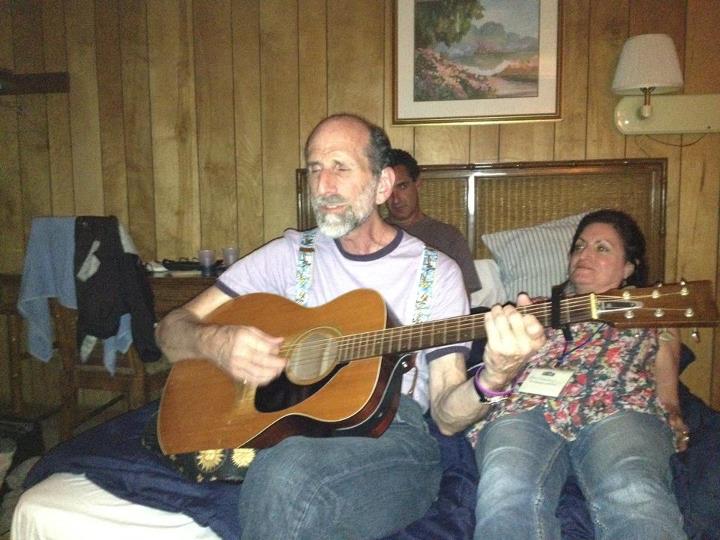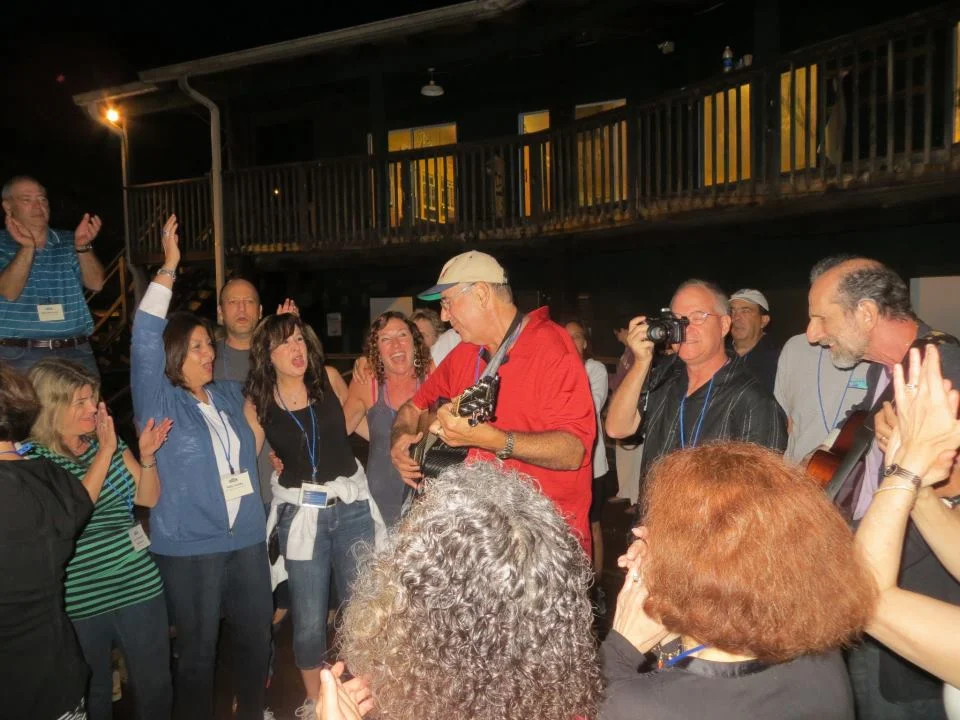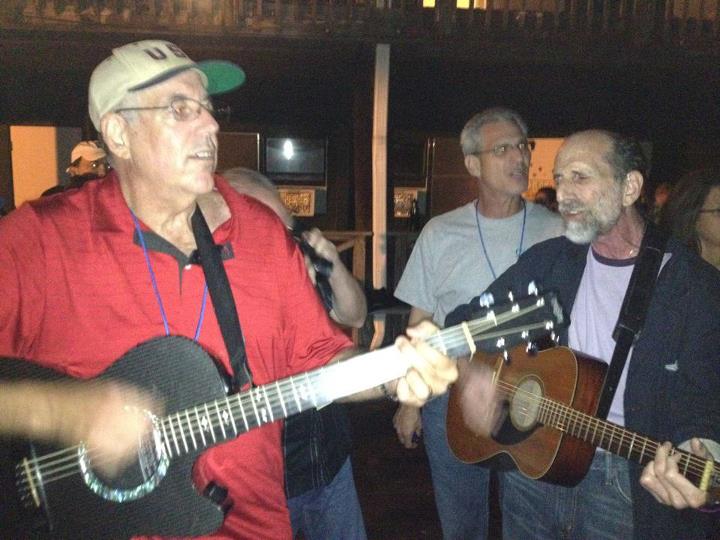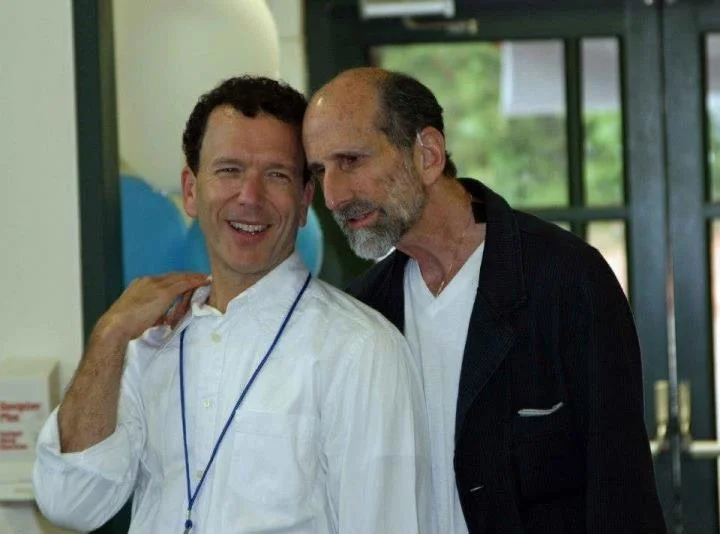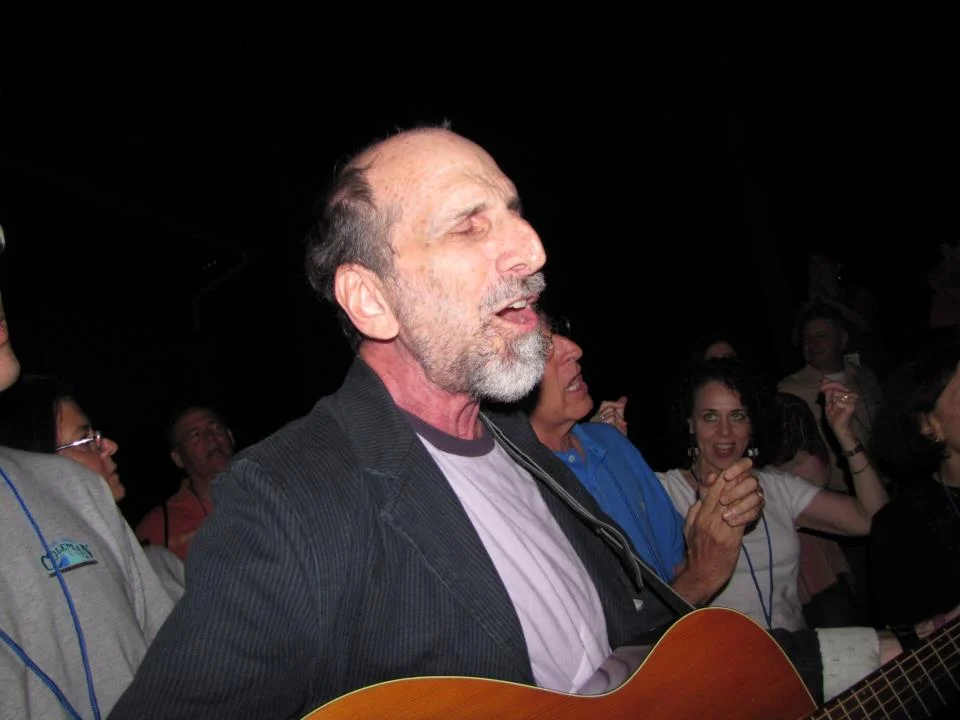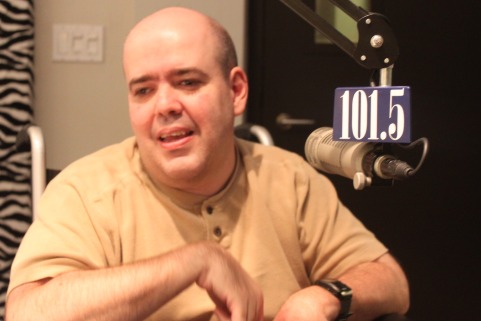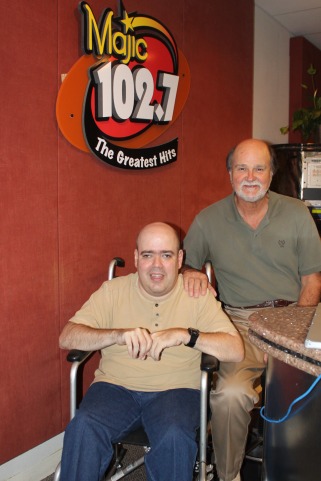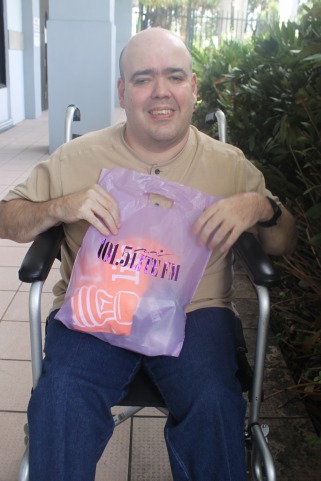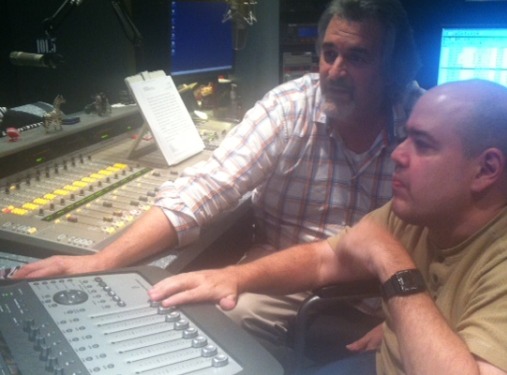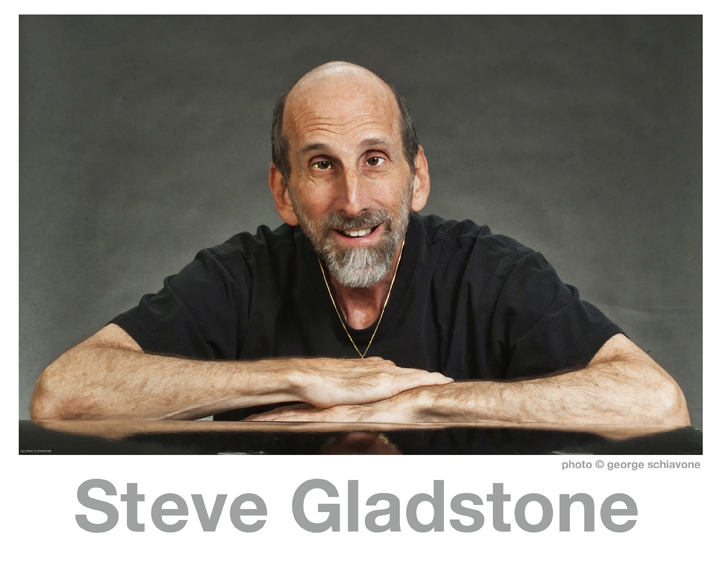Thank you Thespis! I closed Three Sisters after 30 performances and was hired straight away to play King Silvio in another fantastical iteration of The Love of Three Oranges, an updated 18th Century Italian fairy tale. The number “3” has been good to me lately. A little R&R was in order before beginning rehearsals for Oranges, so it was off to Disney.
Even worse than the broken desk chair, the broken refrigerator, and the broken shower door in my hotel room, was the one bar of soap on the little glass shelf along with the hand cream, shampoo and conditioner. (I’m reminded of the time when I washed my hair with hand cream!) Of course I forgot to ask for another bar of soap and the next morning I had to take the little piece of sink soap into the shower. Then later when I needed to wash the toothpaste off my hands, I had to hop back into the shower to retrieve it. Anyway, I got everything fixed and the maid loaded me up with extra bars of soap – compensation for my troubles. The good news is now I won’t have to buy any soap for my bathroom at home for about 6 months.
First off was Fantasyland. Part of the fantasy is not standing in line. However, I may have to drop that from my “Advantages of Being Blind” list. During this round of Disney, the traditional bump to the front of the line was met by the ADA police. I was informed that: “This ride is ADA compliant.” This was code for “all you disabled customers now have the same privilege to stand in line for 95 minutes to ride for five just like the rest of the schmoes.” Of course the stop-starting when you can’t see, the more than 27 toes you step on during that winding line maneuver, notwithstanding the burden for your companion who must diligently watch you and coach you to start and stop 197 times as you inch forward, isn’t considered an ‘undue hardship’ on the blind dude. It wouldn’t be quite so bad if most of the big round eared Crime Squad didn’t have a seemingly gleeful tone in their voice when delivering the news to join the rest of the sheep in line. It’s always a bit of a shocker when Disney employees behave like the normal rest of the world. Still I love the Mouse.
After visiting EPCOT and connecting with Figment, eating several chocolate covered frozen bananas, and riding through the Maelstrom and purchasing a new troll to add to my excellent collection of supernatural beings, I was off to Hollywood Studios. While at Guest Services there, I was offered a descriptive audio device which automagically described some of the action inside the rides. For example, during Pirates of the Caribbean, instead of just hearing a clunk on a table, a descriptive character voice told me that “Jack Sparrow raises his mug of rum, drinks it, and puts it down on the table.” Nice! Years ago I only heard a machine gun rattle, roaring propellers and felt the heat from a sudden burst of a fireball during the finale of the Indiana Jones Epic Stunt Spectacular. This time through my little device with headphones, I learned that “Indiana Jones was trying to rescue his partner Marion, who was shooting at the bad guys with a machine gun from the cockpit of a plane that was spinning out of control, while flames were racing toward the plane from an ignited gasoline tanker which exploded just as Jones and Marion leap to safety.” Über-cool.
Now we just have to train all the employees at The World to offer these handy-dandy devices. No one offered me the audio description machines at The Magic Kingdom nor at EPCOT. (Perhaps the very thorough ADA Crime Squad trainers need to be recruited to train the customer service reps at all the parks.) These nifty headsets will be on my list for Santa next go-round.
Now off to another magical land – Lugubria – and the search for three oranges.

